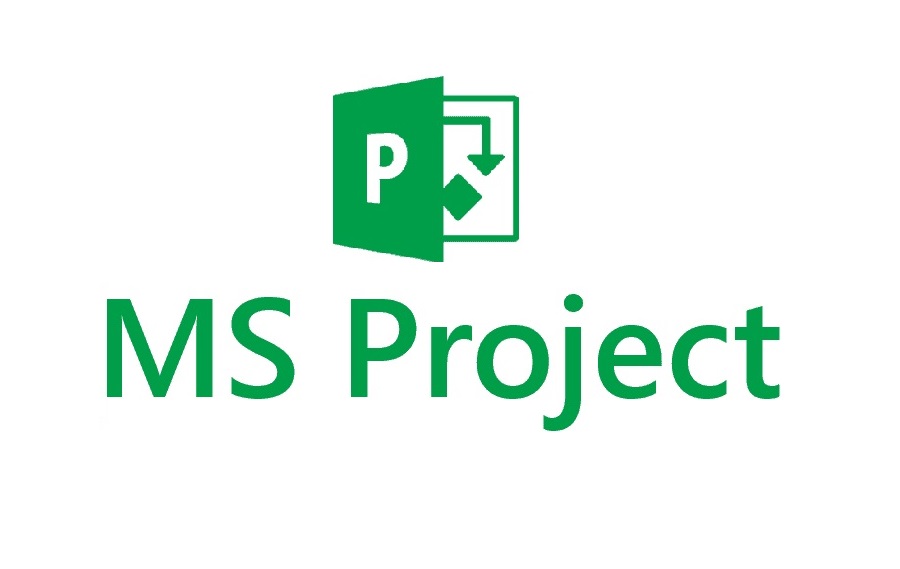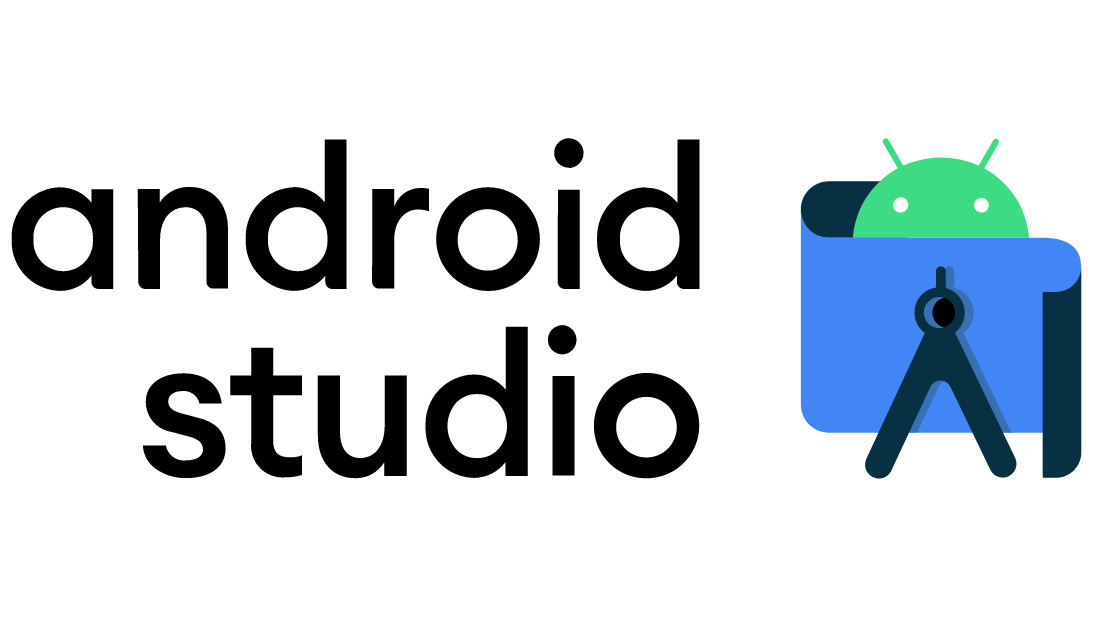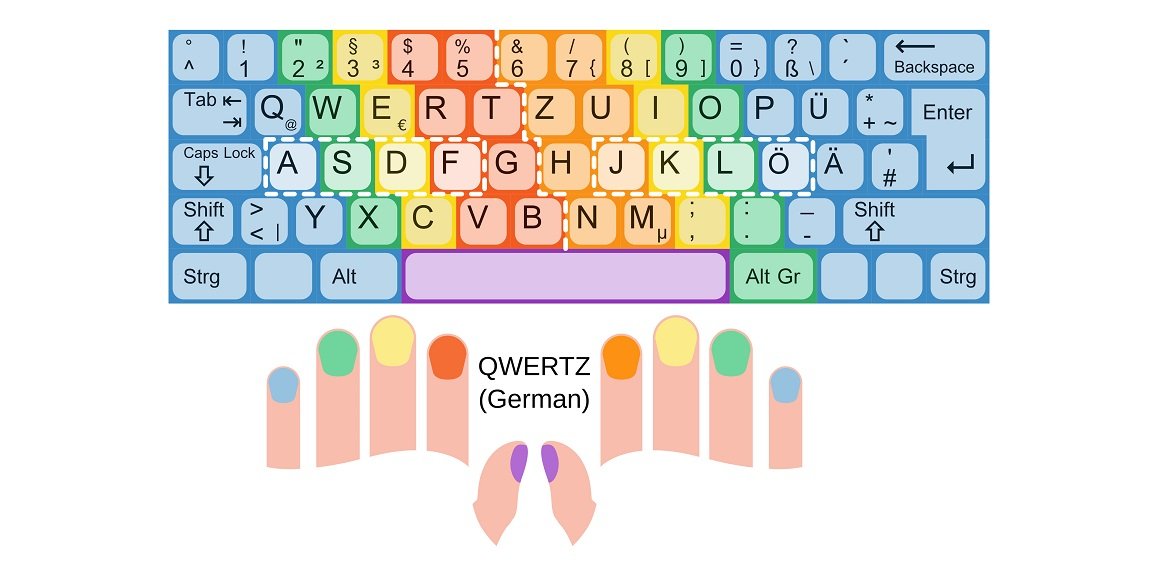Successful project management with Microsoft Project
Published

The basics of Microsoft Project: An introduction to project planning
Microsoft Project is a powerful project planning and management software that helps companies to efficiently organize and successfully implement complex projects. This entry point into the world of Microsoft Project introduces the basic concepts and functions that are essential for creating and managing project plans.
- Project initialization: The first step in using Microsoft Project is to define your project. You define the project name, the objectives and the basic parameters that form the framework for your project planning.
- Work packages and tasks: In Microsoft Project, you create a structured list of work packages and tasks that are required for your project. This enables a detailed breakdown of the work that needs to be done.
- Dependencies: You will learn how to define dependencies between tasks to determine the sequence of work. This is crucial to ensure that your project planning is realistic and can be implemented on time.
- Resource management: Microsoft Project allows you to assign resources to tasks, be it labor, materials or equipment. You will learn how to plan and manage resources effectively.
- Schedule creation: You can use the information collected to create a detailed schedule for your project. Microsoft Project uses Gantt charts to visualize the progression of your tasks and milestones.
- Risk management: You will learn how to incorporate risks and uncertainties into your project planning and how to develop strategies for risk management.
- Project tracking: Microsoft Project offers tools for monitoring and tracking project progress. You will learn how to compare the current status with the planned target status and make timely adjustments to keep your project on track.
With this understanding of the basic features of Microsoft Project, you are ready to take your first steps in project planning. The software offers a wealth of options for fine-tuning and customizing your project plans to ensure that your projects are completed successfully.
Resource management in Microsoft Project: Efficient assignment of tasks
Efficient resource management is a key aspect of any successful project planning, and Microsoft Project provides powerful tools to make this possible. In this section, we will dive into the world of resource management in Microsoft Project and learn how to efficiently assign tasks to your available resources.
- Ressourcentypen: Microsoft Project allows you to manage different types of resources, including labor, materials and equipment. You will learn how to define and manage the different types of resources.
- Ressourcenpool: A resource pool is a central database in which you store your resources. This enables efficient allocation of resources across multiple projects and prevents overloads or bottlenecks.
- Resource allocation: You will learn how to assign tasks to your resources, taking into account factors such as availability, working time and skills. Microsoft Project helps you to identify bottlenecks and suggest alternative assignments.
- Capacity planning: The software supports you in capacity planning by allowing you to visualize the workload and utilization of your resources. This allows you to ensure that your resources are optimally utilized.
- Resource calendar: You will learn how to create and customize resource calendars to accurately reflect the availability of your workforce and equipment. This is crucial for creating realistic schedules.
- Overload management: Microsoft Project offers mechanisms for monitoring and eliminating overloads. You will learn how to identify bottlenecks and take measures to optimize the course of the project.
- Resource reports: Finally, you will be introduced to the creation of resource reports that provide you with insights into the performance and utilization of your resources. These reports support you in decision-making and resource optimization.
With the knowledge of efficient resource management in Microsoft Project, you will be better equipped to plan and execute projects. The ability to optimally allocate and manage resources is crucial to achieving project goals on time and within budget.
Scheduling and Gantt charts in Microsoft Project: The key to project tracking
Scheduling and creating Gantt charts are crucial for effective project tracking and control in Microsoft Project. In this section, you will learn how to create schedules and use Gantt charts to keep track of your project's progress and make adjustments as needed.
- Project timeline: Start by defining the project duration and the start date. Microsoft Project automatically creates a timeline that shows the planned progress of your project.
- Tasks and milestones: You will learn how to insert tasks and milestones into the schedule and define their dependencies. This makes it possible to visualize the logical flow of the project.
- Gantt charts: Microsoft Project uses Gantt charts to display the schedule graphically. You will learn how to create bars for tasks, display their duration and show dependencies between tasks.
- Resource allocation: Link resources to tasks in the schedule to take into account the workload and utilization of your team members and equipment. Microsoft Project displays the resource load in the Gantt chart.
- Milestone trend analysis: You will learn how to use milestones to mark important project goals and track the progress of the project. The Gantt chart shows the expected progress and the current status of the milestones.
- Critical path: Microsoft Project automatically calculates the critical path of your project, which contains the tasks that could delay project completion. You can focus on the critical path to ensure that your project is completed on time.
- Tracking and adjustments: Regular updates and tracking the progress of the project allow you to identify problems and make adjustments at an early stage. The Gantt chart shows the current progress compared to the original schedule.
- Reporting: Finally, you will be introduced to the creation of schedule reports that provide information on project progress, the critical path and delays. These reports are crucial for communication within the project team and to stakeholders.
Scheduling and the use of Gantt charts are essential tools in Microsoft Project to keep track of complex projects and ensure they are completed on time and on budget. With these skills, you will be able to effectively create, manage and monitor your project schedule.
Budgeting and cost control with Microsoft Project: Financial transparency in the project
Budgeting and cost control are essential aspects of project management to ensure that a project stays within budget and no unexpected expenses occur. Microsoft Project offers powerful tools to ensure this financial transparency and manage budgets efficiently.
- Budget planning: The first step in budgeting is to define a clear budget for your project. You will learn how to create budget items and allocate resource costs and other types of expenditure.
- Resource costs: Microsoft Project enables the detailed recording of resource costs, whether for working hours, materials or other resources. You can manage hourly rates, unit costs and other financial information.
- Cost tracking: During the course of the project, you track the actual costs compared to your budget. You will learn how to generate cost reports and identify over- or underruns.
- Forecasting: Microsoft Project supports forecasting in order to predict future costs and budget trends. This enables potential budget problems to be identified at an early stage.
- Risk management: Risks and uncertainties are also taken into account when budgeting. You will learn how to plan buffers and reserves to cover unforeseen costs.
- Integration of costs and schedule: Linking schedules and budgets is crucial. Microsoft Project makes it possible to integrate resource costs directly into the schedule to see the financial impact of changes to the project schedule.
- Budget reports: Finally, you will be introduced to the creation of budget reports that provide a comprehensive overview of the financial performance of your project. These reports are crucial for communicating with project stakeholders and decision-makers.
With Microsoft Project's budgeting functions, you can bring financial transparency to your project and ensure that you keep an eye on your budget. This is crucial to achieving project goals while ensuring financial stability.
Collaboration and teamwork in Microsoft Project: Effective communication in the project team
Collaboration and teamwork are cornerstones of a successful project, and Microsoft Project offers powerful features to optimize communication and collaboration within your project team. In this section, you will learn how to collaborate effectively with team members and share information transparently.
- Invite team members: You will learn how to invite team members to your Microsoft Project project and assign them specific roles and authorizations. This allows you to control access to project information in a targeted manner.
- Online collaboration: Microsoft Project offers the option of online collaboration so that team members can work on project plans from different locations at the same time. This promotes the flexibility and efficiency of teamwork.
- Communication tools: You will learn how to use communication tools in Microsoft Project to exchange messages, assign tasks and track progress. This facilitates coordination and the exchange of information within the team.
- Document management: Microsoft Project enables the secure management of project documents and files. You will learn how to upload, share and update documents to ensure that all team members have access to the information they need.
- Project reports and dashboards: You can create reports and dashboards to visualize project progress and key performance indicators. These reports provide a clear overview of the status of the project and support decision-making.
- Notifications and reminders: Microsoft Project allows you to set up notifications and reminders to inform team members about upcoming tasks and deadlines. This contributes to the timely completion of tasks.
- Change tracking: You will learn how to track and document changes to the project plan. This enables transparent tracking of adjustments and decisions during the course of the project.
By making effective use of Microsoft Project's collaboration and teamwork tools, you can strengthen communication within the project team, reduce misunderstandings and ensure that all team members are on the right track. This contributes significantly to successfully achieving project goals and optimizing collaboration.








